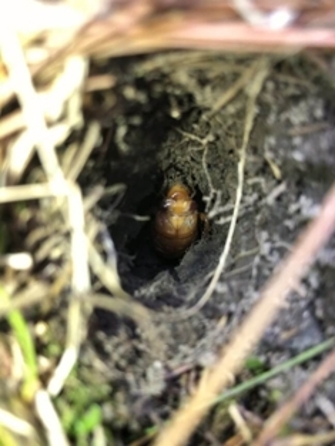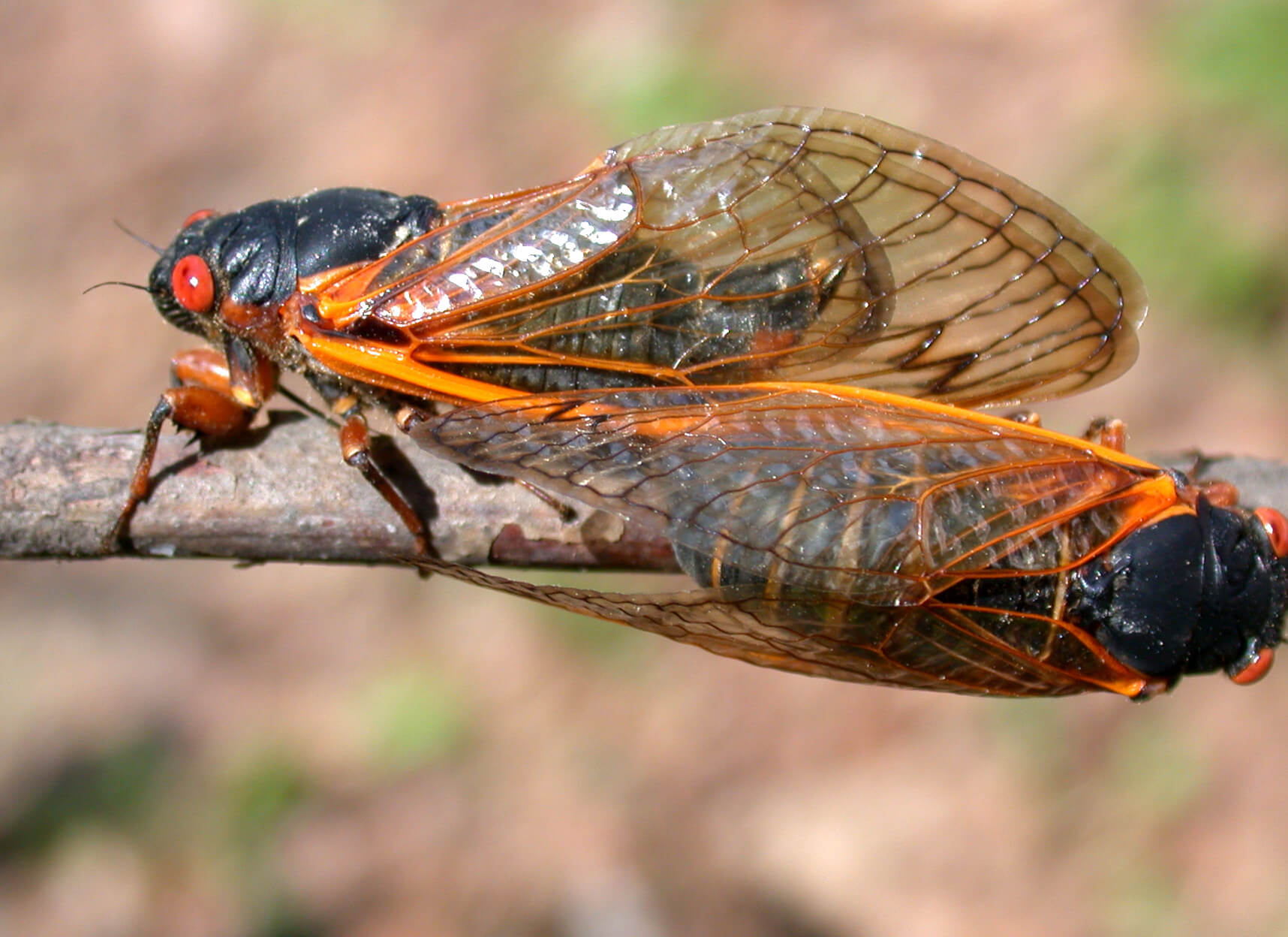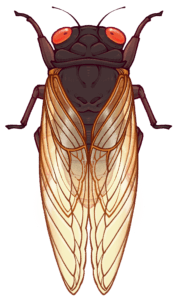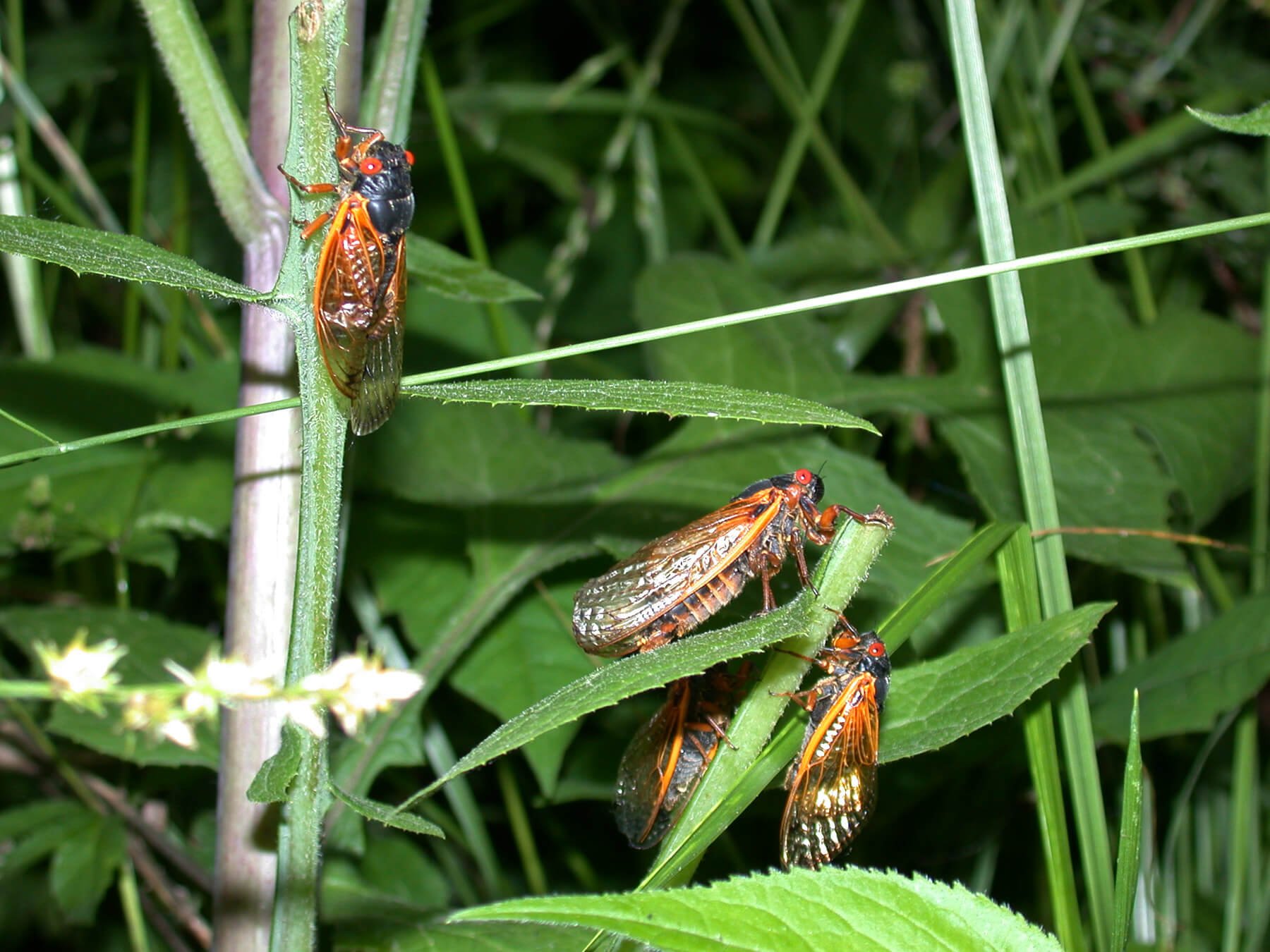17 Ways to make the most of the 17-Year Cicada Emergence
"If you like insects, or are even just curious about them, you have a unique opportunity coming up. Get out and enjoy it while you can,” recommended Elizabeth Barnes, an exotic forest pest educator for Purdue Extension Entomology.
The 17-year cicadas of Brood X were last seen in 2004. This spring, they are set to appear across Indiana and in parts of 14 other states.
“Purdue is the perfect place to work during an event like this,” said Barnes. “The cicadas have a broad impact on people, plants and animals. It’s great that we have experts in each of these areas to pool their knowledge and share unique perspectives.”
To help others make the most of the occasion and understand the event from different vantages, Purdue Agriculture created a list of 17 resources, events and activities to enjoy.

2) In his publication, Extension entomologist Clifford Sadof details plants at risk of cicada damage and gives advice to protect them.
3) In the Purdue Landscape Report’s article “17-year Cicadas are coming: Are you ready?” Barnes and Sadof provide advice for homeowners.
4) “Facts for Fancy Fruit,” a newsletter for commercial and advanced amateur fruit growers, gave tips to protect young fruit trees from Brood X.
5) Purdue Extension’s “Got Nature?” blog provided a close look at the effect the cicada surge will have on other species as a food source.

Watch
6) Barnes joined Elizabeth Long, assistant professor of entomology, for a live question and answer session during Purdue’s virtual Bug Bowl.
9) Barnes joined Extension wildlife specialist Jarred Brooke and Extension forester Lenny Farlee live on Facebook to discuss the upcoming emergence. Click the cicada to learn more.
Make
10 & 11) Two kinds of origami cicadas can be made by following the steps in this instructional video.
12) A poster featuring cicadas and their look-alikes is available to download and print.
13) This demonstration shows how to bake cookies using cricket powder and decorate them like cicadas. If you like how they turn out, enter them in the Bug Bowl Cookie Contest to compete for prizes.Join
14) Indiana Cicada Fest is a community science program running through May 16. To contribute, participants take photographs in areas with cicadas and upload them to iNaturalist.
15) Indiana Cicada Trackers is a community project aimed at Master Gardeners and Naturalists to collect cicada emergence data. Participants can join at any time before cicadas emerge in their area.
16) As part of their Guest Speaker Spotlight series, McCloud Nature Park partnered with Purdue Entomology to organize a free, public event on May 15. “The Cicadas are Coming” will teach attendees about Indiana’s cicadas and show them how to participate in a monitoring program to help Purdue scientists.
17) The Purdue Entomology Cicada Newsletter gives subscribers the latest news on the emergence, additional resources and details on upcoming events.






